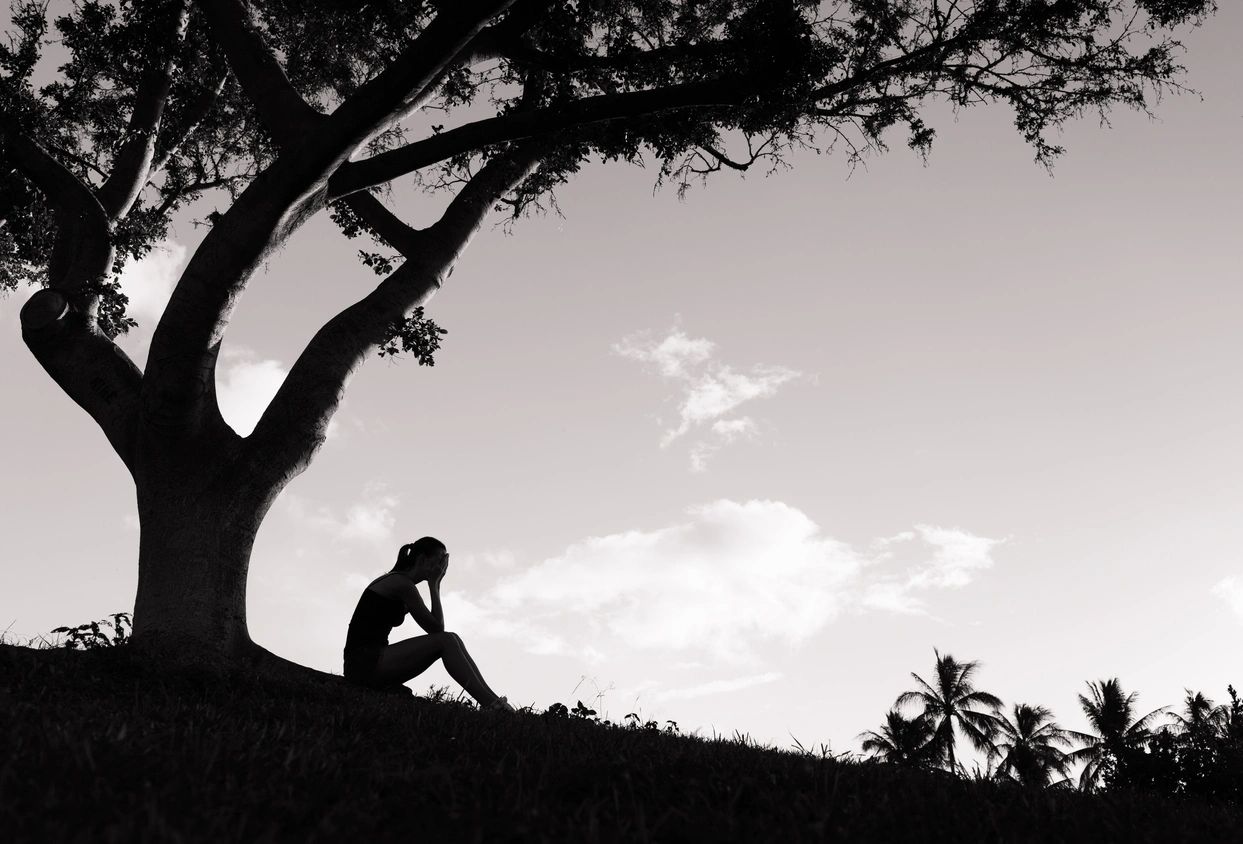Last year, as we all know, was fraught with unprecedented challenges. It’s as if our hospitals, schools and many of us were in a pressure cooker filled to the brim with one stressor after another. And it’s not over yet.
Joblessness, income inequality, alcohol consumption, depression, suicides and mass shootings were all steeply up in 2020. But mass killings were sharply down — until last week with the deaths of eight people in Atlanta, including six women of Asian descent and 10 people at a grocery store in Boulder, Colorado, just on Monday, including the heroic police officer first on the scene and father of seven.
Idahoans are passionate about their Second Amendment right, and 57% of us are firearm owners — Republicans, Democrats, farmers and ranchers, and urbanites alike. Only Alaska and Arkansas have a higher percentage of gun owners. Delaware by comparison has only 5.2%. Idaho also has a high suicide rate, the fifth highest in the nation, and 2020 saw an unprecedented number of suicides in Idaho — a 14% increase from 2019.
In the intermountain states, firearms are the method of suicide 60% of the time. While almost always successful with a firearm, suicide attempts are only 4% successful otherwise. Two-thirds of all gun deaths are suicides. Idaho’s high suicide rate is attributed to lack of access to mental health help, which rural Idahoans know about only too well because of geography, and which hit students hard across the state because of clinic and school closures during the pandemic.
“Rugged individualism,” a barrier to seeking help, is another reason. And a third reason is the lack of safe storage of firearms.
At my workplace, an evaluation following an undesired event to see where else similar problems could occur is called an extent of conditions review. To demonstrate our responsibility as gun owners, how about an extent of conditions review in all our homes for firearms that may not be safely stored and extend that to a check on the mental health risk of our family members and, perhaps the most difficult step, ourselves?
Seeing an unsecured firearm can trigger suicidal thoughts in someone feeling hopeless. Mindfulness that someone could be enduring a crisis at any time can help us see the need to support one another. Studies show that, in addition to safely securing firearms, when people are asked in emergency rooms whether they’ve contemplated suicide, when people are asked how they’re doing, when a depressed person gets an unexpected smile at a grocery store, when we go for a walk and when we sleep enough, the suicide rate falls.
Clearly, our young people have been isolated and are facing particular challenges. The Centers for Disease Control reports that 1 in 4 youth have had suicidal thoughts during the pandemic, and 75% have at least one mental health issue they’re struggling with. In Idaho in 2020, 420 young people, men 55 and older, women, coworkers, neighbors and family members died by suicide.
We can use the lessons from 2020 for good and share Idaho’s Suicide Hotline, 800-273-TALK (8255) and text hotline, 208-398-HELP (4357).
Pat Tucker is the chair of the Bonneville County Democratic Party Central Committee.

